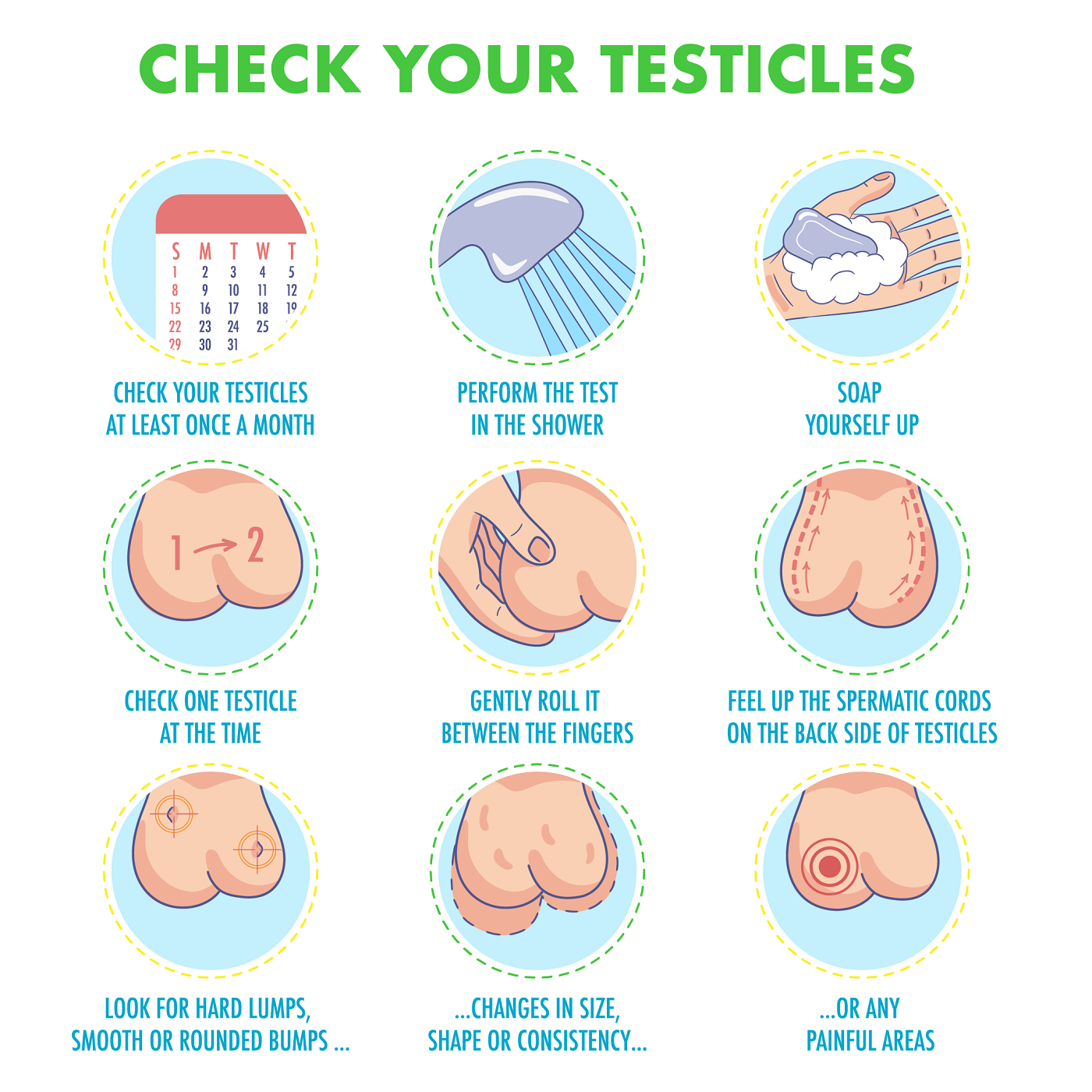
Testicles are oval-shaped male sex organs that are a part of the male reproductive system. These organs are contained within a sac of skin known as the scrotum and are located on either side of the penis.
The testicles have two main functions. First, they act as the space for producing and storing the sperms for reproduction. Secondly, they also act as the location where male hormones like testosterone are made.
Testicular cancer, which begins in the testicles typically affects males between the ages of 15 and 40. However, men can develop testicular cancer at any age.
Testicular cancer usually occurs when malignant tumours, which contain cancerous cells, develop in the tissues of a testicle. These cells grow uncontrollably and can spread all around the body via the bloodstream or the lymphatic system.
There are different types of testicular cancer:
Men who are at risk for being diagnosed with testicular cancer include:
The following are symptoms that can be attributed to testicular cancer:
If you feel the presence of a lump, it is advisable to see a doctor to rule out cancerous growth at the earliest stage. Visit a doctor also if there is any pain or swelling present in the testicles or groin area.
Testicular cancer is usually diagnosed once a lump or an abnormal change in a testicle is found during self-examination or unintentionally.
Some common techniques that your doctor may use to diagnose testicular cancer include:
The course of treatment for testicular cancer is determined by the stage and type of cancer as well as the patient’s health and preferences. Testicular cancer treatment options include:
Learn more about the different types of treatment technologies to treat testicular cancer.
Testicular cancer cannot be totally prevented. However, it is advisable to routinely perform self-examinations at least once a month.
How to check your testicles

The best time to perform a self-examination for testicular cancer is after a bath as the scrotum would be relaxed, allowing for any abnormalities to be easily identified.
Start with examining each testicle with both hands and fingers. Roll the testicle between your fingers and thumbs. Feel for the presence of any lumps, which may vary in size.
There will be a cord-like structure present at the back and on top of the testicle. This structure is the epididymis and should not be mistaken for a lump.
Testicular cancer is highly treatable and a great percentage of patients make a full recovery. Regular self-examinations and yearly physical exams can help uncover any changes that may indicate testicular cancer.
Consult your doctor to determine if you would benefit from a testicular cancer screening.
Early detection of testicular cancer makes it easier to treat the disease with effective and appropriate treatment. A dedicated multidisciplinary team of specialists and oncologists at Pantai Hospitals is available for consultation to provide the best care and assistance to patients through screening, diagnosis, and treatment.
Get in touch with us to book an appointment today if you have any concerns or questions about testicular cancer treatment options.
Pantai Hospitals have been accredited by the Malaysian Society for Quality in Health (MSQH) for its commitment to patient safety and service quality.

